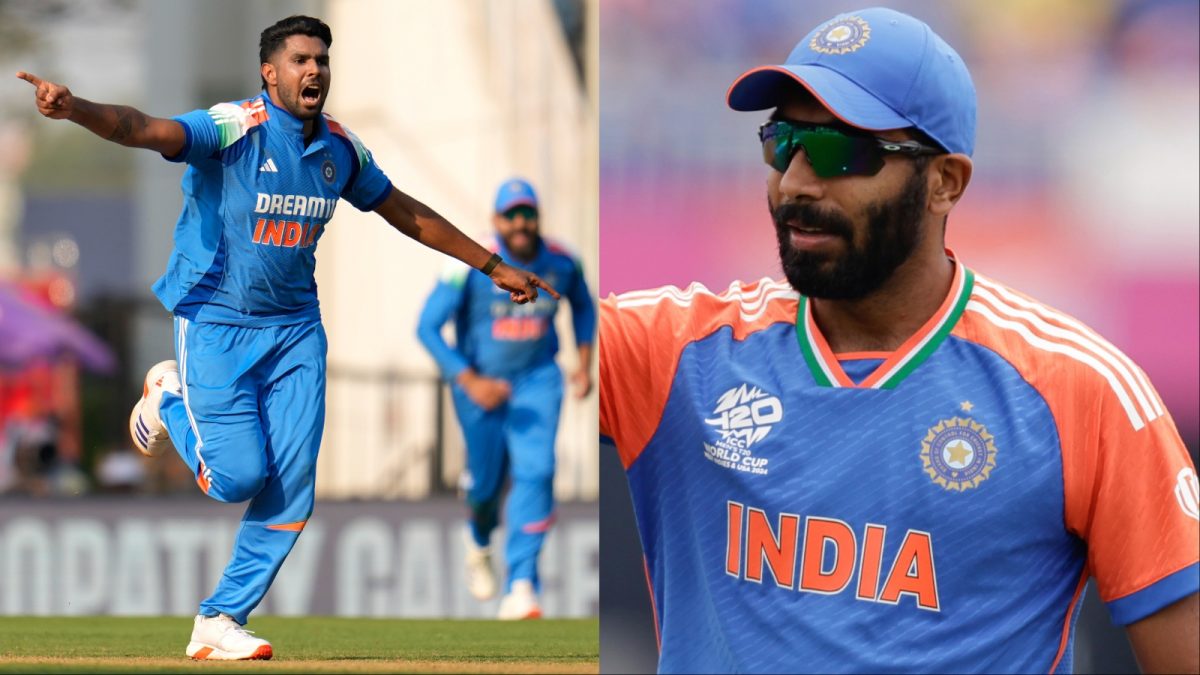 |
|
The selection of India's squad for the ICC Champions Trophy 2025 has sparked debate, particularly concerning the potential replacement for the injured Jasprit Bumrah. Former Indian fast bowler Atul Wassan has voiced his strong preference for Mohammed Siraj over other contenders like Harshit Rana, emphasizing Siraj's extensive experience and proven performance in high-pressure situations. Wassan's argument centers on the unique demands of the Champions Trophy, a tournament known for its intense competition and the importance of seasoned players capable of handling the pressure cooker environment. He highlights Siraj’s record of 71 wickets in 44 ODIs, a testament to his skill and consistency, arguing that this experience is invaluable in a crucial tournament like the Champions Trophy. The article further explores the nuances of Wassan’s selection rationale, considering factors such as the playing conditions in Dubai, where the tournament is scheduled to take place. He suggests that the slow pitches and potential dew conditions in the UAE make experienced players like Siraj a more reliable choice compared to relatively untested individuals. His perspective underscores the complexities of team selection, considering not just current form but also the psychological fortitude required to excel under immense pressure, something only years of international cricket can provide.
Wassan's comments extend beyond the immediate selection dilemma to address the broader context of the Indian cricket team's leadership and coaching dynamics. He expresses his support for head coach Gautam Gambhir, a figure who has generated considerable attention and discussion since his appointment. Wassan argues that strong personalities, often associated with both significant successes and equally pronounced criticisms, are inherently part of the sports landscape. He suggests that Gambhir should be given adequate opportunity to implement his vision for the team, highlighting the importance of allowing a coach to fully execute their strategies before making judgments about their effectiveness. Wassan's perspective resonates with a philosophy that emphasizes patience and due process in evaluating leadership, advocating for a period of observation before concluding on Gambhir's coaching capabilities. This viewpoint offers a broader understanding of the challenges associated with leading a high-pressure team like the Indian cricket side, balancing the need for decisive action with the provision of sufficient time to implement impactful changes.
The article also subtly weaves in a reference to the Restaurants Cricket League 2025– Season 3, providing contextual information about the setting where Wassan shared his views. This detail serves to ground the analysis in a specific time and place, underscoring the immediacy of the discussion and connecting Wassan's commentary to a larger event. The mention of the league's location in New Delhi further connects the conversation to the national context, suggesting the importance of the debate concerning Indian cricket's future within the broader Indian sports scene. This contextual information enhances the article's overall richness, offering readers a clearer understanding of the circumstances surrounding Wassan's comments and their resonance within the Indian sporting landscape. The article’s inclusion of Wassan's assessment of the broader Indian team's strengths, mentioning Rohit Sharma’s form and Virat Kohli's potential, further contextualizes his selection preferences within a broader strategic outlook on India's chances at the tournament. By presenting a balanced view of both selection considerations and the team's overall capabilities, the article offers a more nuanced perspective on the current situation facing the Indian cricket team.
